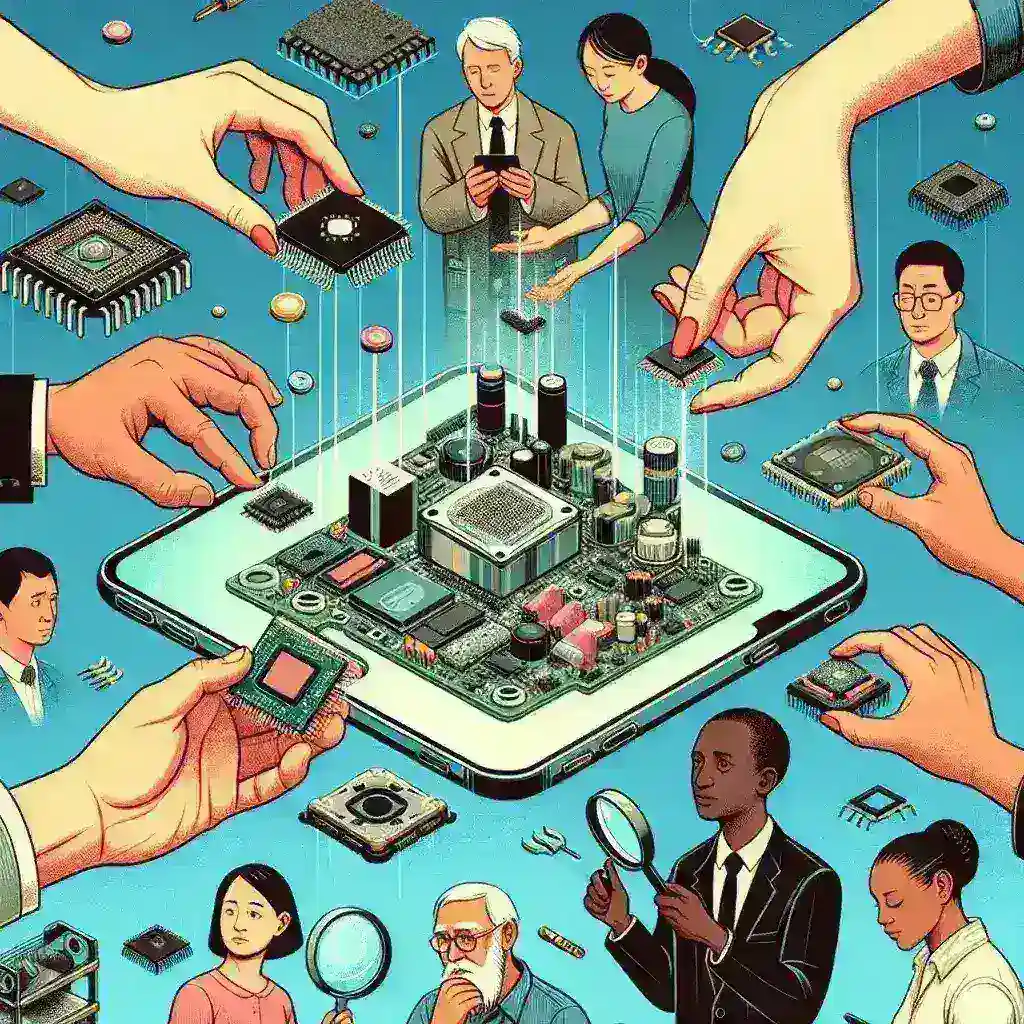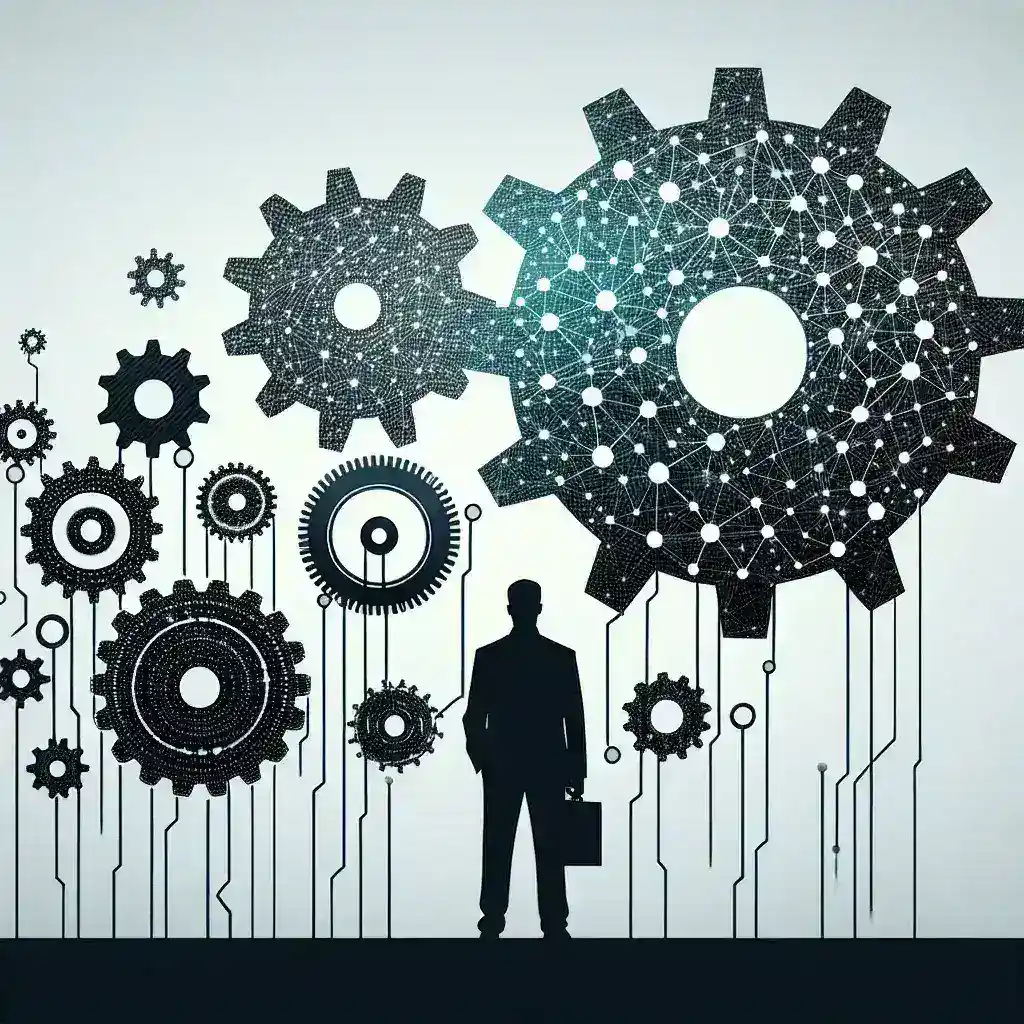Introduction to the Component Swap Economy
The concept of a component swap economy has emerged as a transformative force in the marketplace, reshaping how consumers interact with products and services. This economic model allows individuals to exchange parts of their goods instead of purchasing entirely new items. As we delve deeper into what this means for consumers, we’ll explore its historical context, advantages, disadvantages, and the future landscape of this innovative exchange system.
Historical Context of the Component Swap Economy
The roots of the component swap economy can be traced back to traditional barter systems, where individuals exchanged goods and services directly. With technological advancements and the rise of the internet, this concept has evolved into more structured and accessible platforms that facilitate the swapping of components for numerous products, including electronics, vehicles, and household appliances.
The Evolution of Consumer Behavior
Over the years, consumer behavior has dramatically shifted towards sustainability and resource conservation. The component swap economy resonates with these values by promoting a circular economy, where resources are reused and repurposed instead of discarded. This trend has gained traction in recent years, as more consumers seek to minimize waste and reduce their environmental footprint.
What Does the Component Swap Economy Offer Consumers?
Benefits of Component Swapping
- Cost Savings: One of the most significant benefits of participating in a component swap economy is the potential for cost savings. By swapping components instead of buying new items, consumers can save money while still accessing the products they need.
- Reduced Environmental Impact: Swapping components helps reduce waste and promotes sustainability. By reusing parts, consumers contribute to lowering the demand for new products and the resources required to manufacture them.
- Enhanced Accessibility: The component swap economy opens up new avenues for consumers who may not have the financial capacity to buy new products. It allows individuals to access high-quality components at a fraction of the cost.
- Community Engagement: Participating in a component swap fosters a sense of community among users. It encourages collaboration and connection as individuals come together to exchange goods that benefit everyone.
Challenges and Considerations
Despite its numerous advantages, the component swap economy is not without its challenges. Here are a few key considerations for consumers:
- Quality Assurance: Ensuring the quality and functionality of swapped components can be challenging. Consumers must be vigilant about the condition of items they receive and may need to inspect or test them thoroughly before committing to a swap.
- Compatibility Issues: Not all components are universally compatible with every product. Consumers need to ensure that the parts they are swapping will work seamlessly with their existing items.
- Trust and Reliability: Engaging in swaps with strangers can pose risks. Building trust within the community is essential to ensure a smooth exchange process.
The Future of the Component Swap Economy
As the component swap economy continues to gain momentum, we can anticipate several trends shaping its future:
Technological Advancements
With the rise of blockchain technology and decentralized platforms, the component swap economy could become even more secure and efficient. These innovations promise to enhance trust and transparency, allowing consumers to verify the authenticity and quality of swapped components.
Increased Adoption
As more consumers become aware of sustainability issues and the benefits of swapping components, we can expect a significant increase in participation. Businesses may also begin to adapt their strategies to cater to this growing trend, offering platforms that facilitate easier and more efficient swaps.
Real-World Examples of Component Swapping
To illustrate the impact of the component swap economy, let’s look at a few real-world examples:
Electronics Exchange Programs
Many tech companies have implemented electronic exchange programs that allow consumers to swap out old parts for newer ones. For example, a smartphone manufacturer might offer a program where users can exchange their old batteries or screens for refurbished components, promoting sustainability and customer loyalty.
Car Parts Swapping Platforms
The automotive industry has seen significant growth in platforms dedicated to swapping car components. Websites and apps now enable car owners to exchange parts, such as engines or wheels, that they no longer need, making car repairs more affordable and accessible.
Consumer Insights and Perspectives
Expert Quotes
To further understand the implications of the component swap economy, insights from industry experts can be valuable. For instance, sustainability advocate Jane Doe stated, “The component swap economy is a game-changer for consumers who want to make environmentally conscious choices without sacrificing quality or affordability.”
Personal Anecdotes
Many consumers have shared their experiences with component swapping, highlighting how it has positively impacted their lives. One user recounted, “I swapped my old laptop battery for a new one through a local community platform. Not only did I save money, but I also feel good knowing I contributed to reducing e-waste.”
Conclusion
The component swap economy represents a significant shift in consumer behavior, emphasizing sustainability, cost-effectiveness, and community engagement. As this economic model continues to evolve, it holds the potential to revolutionize how we interact with products and contribute to a more sustainable future. By understanding the benefits and challenges, consumers can navigate this exciting new landscape, making informed decisions that align with their values and needs.




